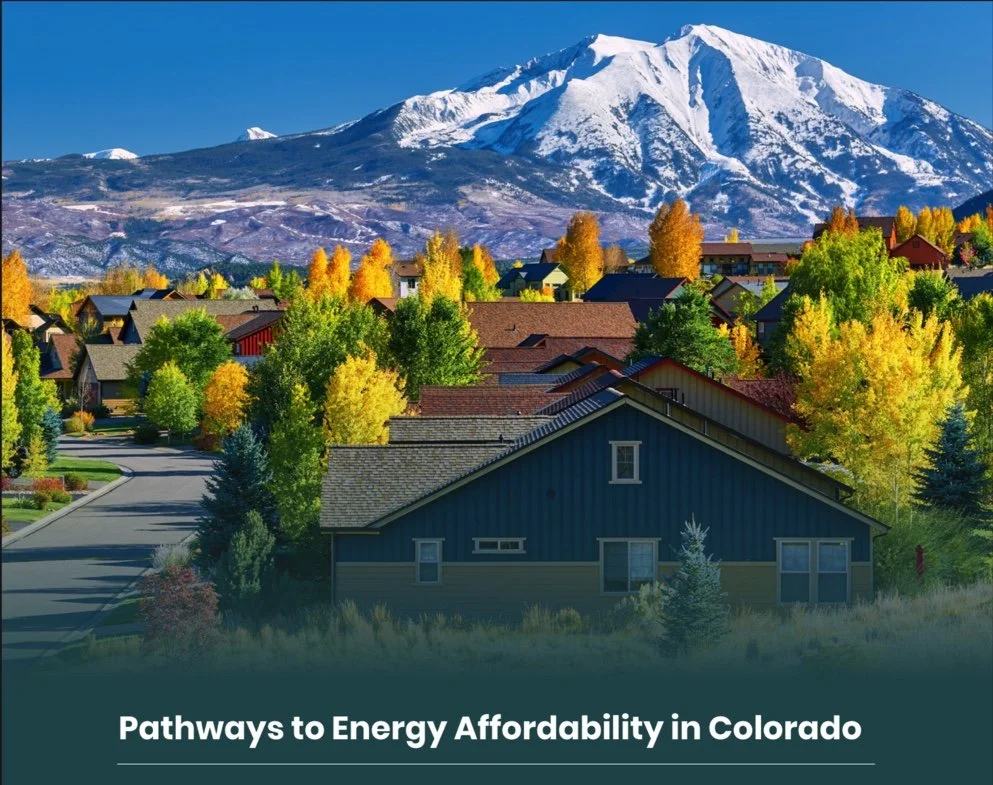Low Income Assistance
The federal government and the state of Colorado have a variety of services to assist low income Coloradans in Chaffee County. The Federal Weatherization Assistance Program (WAP) provides efficiency upgrades at no cost to income qualified residents (200% of federal poverty level) Colorado WAP is available to anyone at 60% of average income. You can find more information at our service provider’s website - the Northwest Colorado Council of Governments.
If you qualify, you can receive new appliances, heating equipment, insulation and even (in some instances) solar at no cost to you.
Pathways to Energy Affordability in Colorado
A report prepared by Physicians, Scientists, and Engineers for Healthy Energy and the Institute for Energy and Environmental Research for the Colorado Energy Office
January 2022
New study finds that a sustained focus on weatherization, energy efficiency, and pairing heat pumps with community solar could drastically reduce energy costs for low and moderate income Coloradans.
The study’s recommendations to reduce energy cost burdens for low- and moderate-income households in Colorado include:
Efficiency and electrification investments: This includes investing in building envelopes, increasing the efficiency of electric appliances and lighting, and converting gas and propane-heated homes to efficient electric heat pump systems.
Community solar gardens: The build-out of sufficient community solar gardens can provide low cost electricity for low- and moderate-income electricity customers including the increase in electricity demand from electrification.
Demand response: Residential demand response programs, enabled through the adoption of smart appliances and build-out of broadband infrastructure, can help reduce energy costs through payments to customers for avoiding energy use at peak times.
Energy assistance: Enrollment in programs such as the Colorado Low-Income Energy Assistance Program (LEAP) and utility Percentage of Income Payment Plans (PIPP) can be expanded to all households meeting eligibility requirements.
Green bank: Increasing the capitalization of the Colorado Clean Energy Fund would enable low- to no-interest financing with a mix of loans to weatherize homes and electrify space and water heating.
Weatherization grants: Households in the lowest income bracket (less than 50 percent of the Federal Poverty Level) need additional investment for weatherization.



